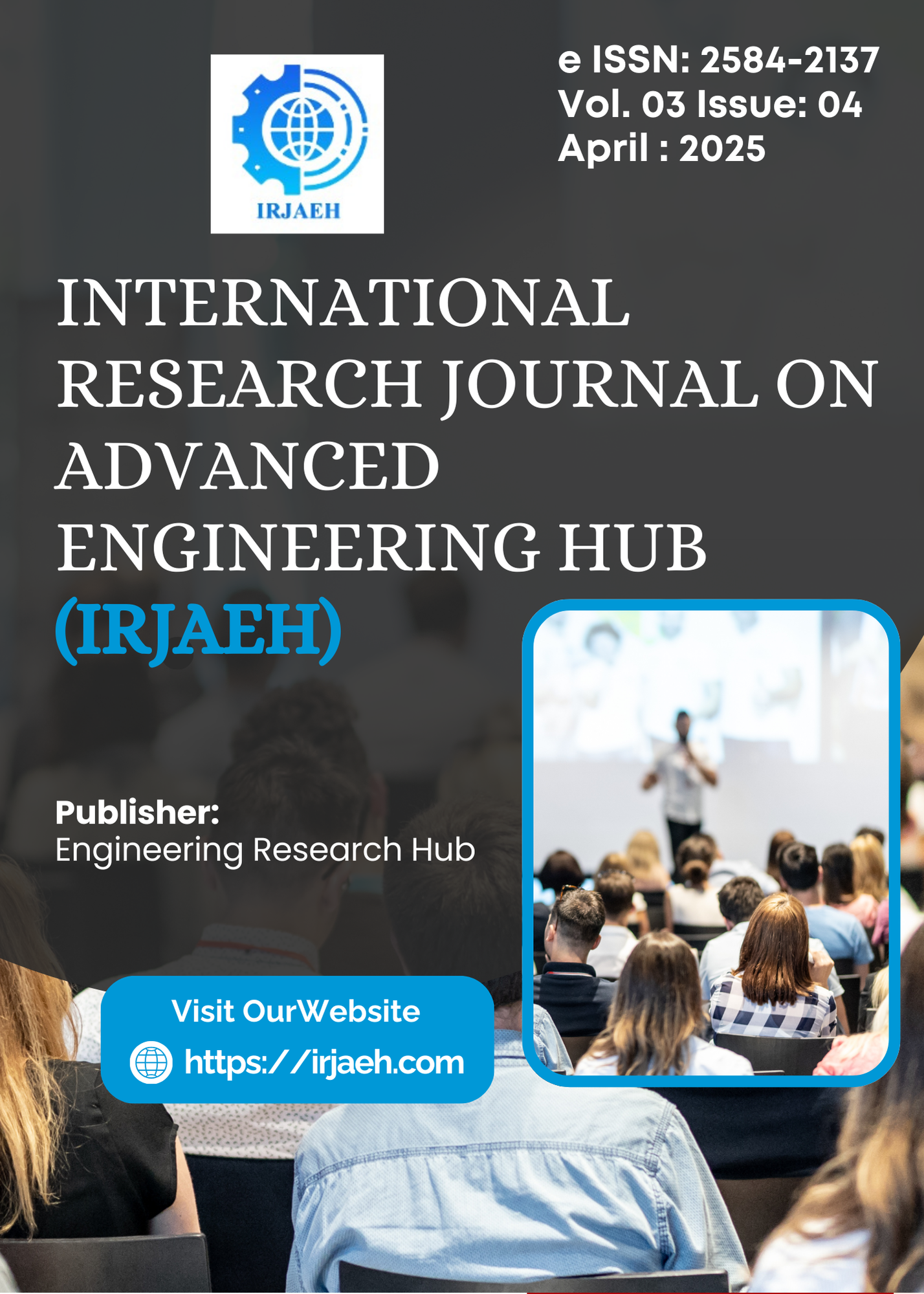Comprehensive Analysis and Design of Dynamic Wireless Power Transfer technologies used for Electric Vehicles Charging Station
DOI:
https://doi.org/10.47392/IRJAEH.2025.0277Keywords:
Sustainable Electric Mobility (SEM), Capacitive Power Transfer (CPT), Inductive Power Transfer (IPT), Electric Vehicle (EV) Charging, Wireless Power Transfer (WPT)Abstract
Fossil fuel-based vehicles emit toxic gases and other pollutants in the atmosphere. A big fraction of environmental pollution is caused by these fossil fuel-based vehicles. To create a pollution-free environment, people are encouraged to switch to electric vehicles. However, the major concern of electric vehicle owners is range anxiety. Undeveloped charging infrastructure and the lack of fast chargers are major reasons people do not own an electric vehicle. The increasing adoption of electric vehicles (EVs) has highlighted challenges related to battery capacity, charging methodology and infrastructure. Dynamic Wireless Power Transfer (DWPT) is an emerging solution that enables the continuous charging of EVs while in motion, reducing the need for large battery packs and minimizing charging downtime. With the proper development of a dynamic wireless charging system, need of large size of the battery of the electric vehicle can be reduced and as a result of this the price of the vehicle will be reduced by a major margin, and the electric vehicle will fall into the category of affordable range attracting more buyer. This paper explores design and optimization of dynamic wireless charging systems using various WPT topologies, including inductive, capacitive, resonant inductive, and hybrid systems, analyzing their performance based on critical parameters such as power transfer efficiency, misalignment tolerance, electromagnetic field (EMF) structure. This paper discusses comparison of different topologies and configuration of dynamic wireless charging systems. ANSYS software is used to select proper size of transmitter and receiver coil. ANSYS simulation is used to identify optimum design of WPT system. By providing a comprehensive analysis of current WPT technologies and proposing design guidelines for efficient EV charging infrastructure, this work contributes to the advancement of future-ready contactless charging solutions.
Downloads
Downloads
Published
Issue
Section
License
Copyright (c) 2025 International Research Journal on Advanced Engineering Hub (IRJAEH)

This work is licensed under a Creative Commons Attribution-NonCommercial 4.0 International License.

 .
. 